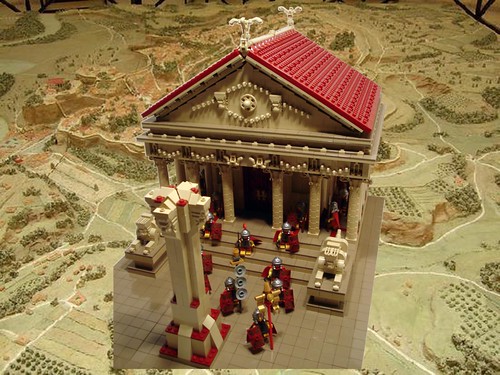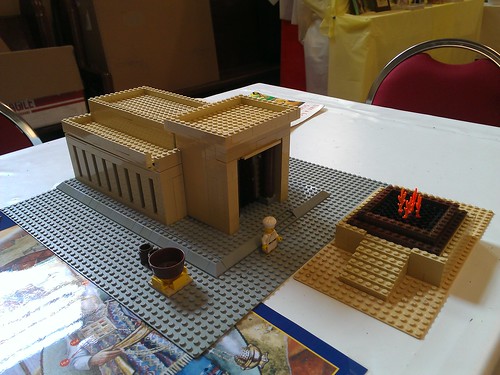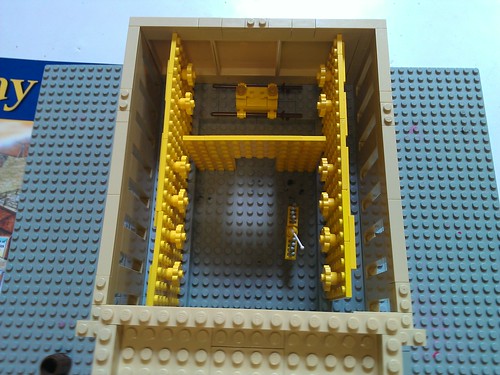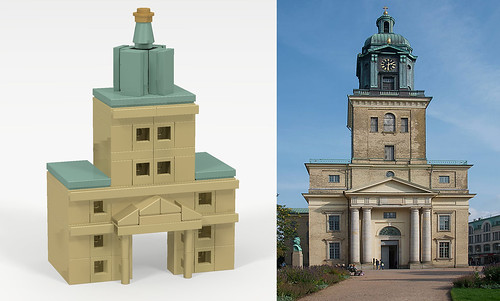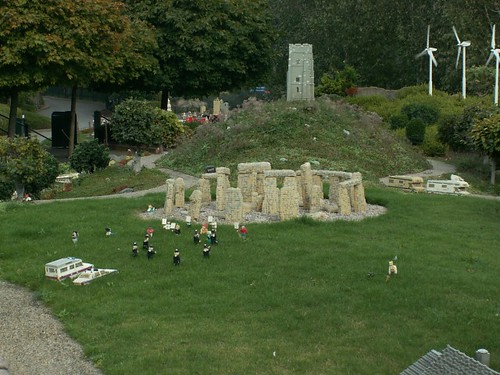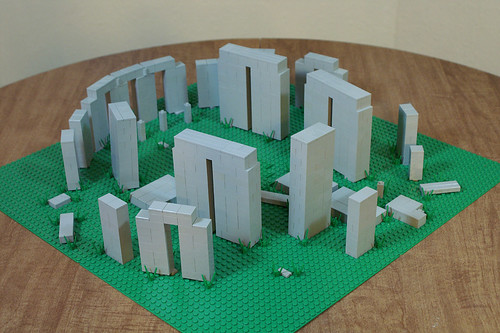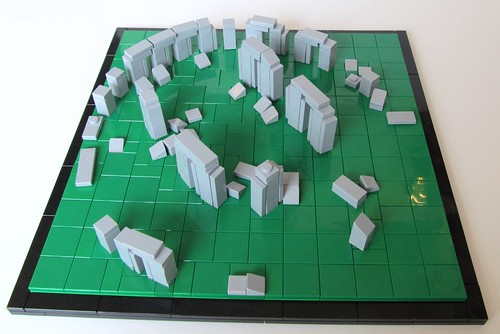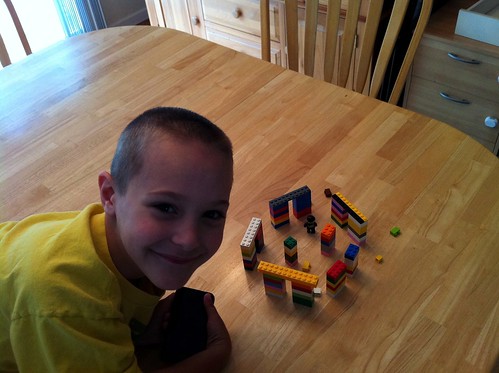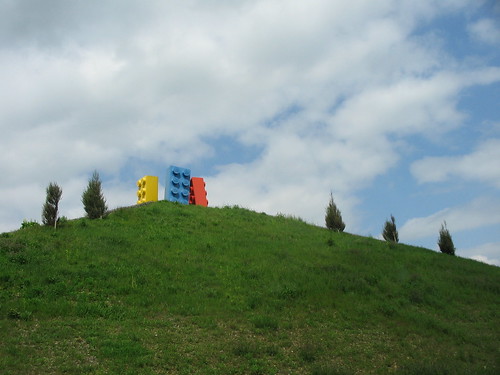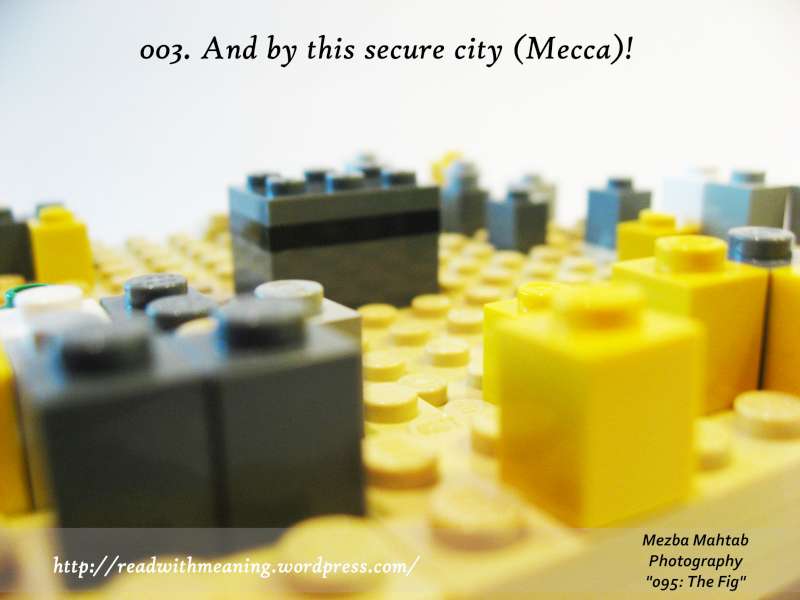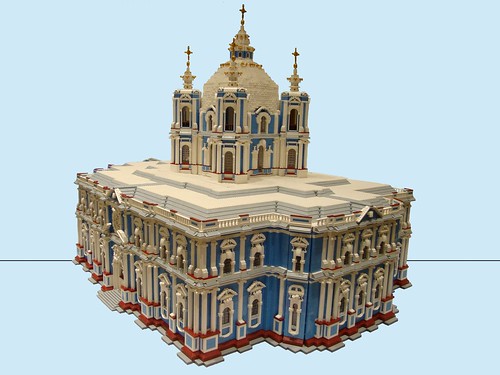These commandments that I give you today are to be on your hearts. Impress them on your children. Talk about them when you sit at home and when you walk along the road, when you lie down and when you get up. Tie them as symbols on your hands and bind them on your foreheads. Write them on the doorframes of your houses and on your gates.Deuteronomy 6:6-9
Both Jewdads and Joanna of Bible Belt Balabusta have had fun making LEGO Mezuzot. Joanna points us to some details about mezuzot.

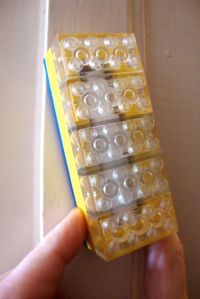
Quick personal anecdote - back when I was in grad school I lived in an apartment for several years, and when I moved in there was a mezuzah on the doorpost, presumably from a previous resident. I left it there, even though I'm not Jewish, because I thought it was kind of neat. Over the years I was there I had several roommates who came and went. This one guy was kind of a jerk, and I came home one day and the mezuzah was gone - I'm sure it was him. I felt kind of violated. Even though it wasn't my faith, he didn't know that (we really had no relationship at all aside from him occupying a room of a three bedroom apartment for two semesters). I never confronted him about it because we had already had some fights over stupid stuff (quibbles over the phone bill, who takes out the trash, that sort of thing), and I just wanted to get back to my studies, but it always kind of bugged me. So, anyway, if he's reading this blog (ha!), I want him to know I didn't appreciate that.
